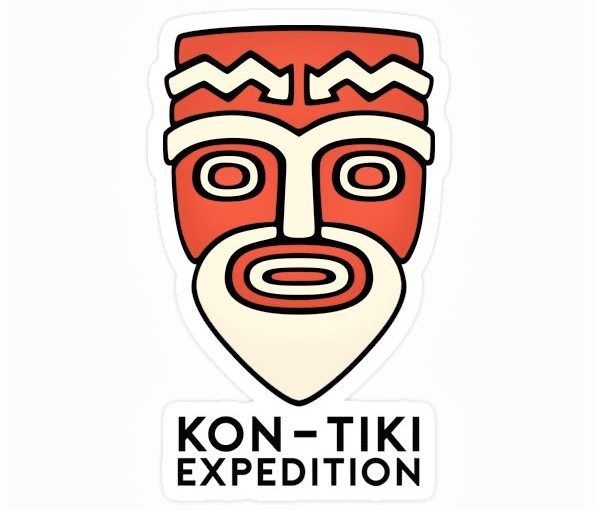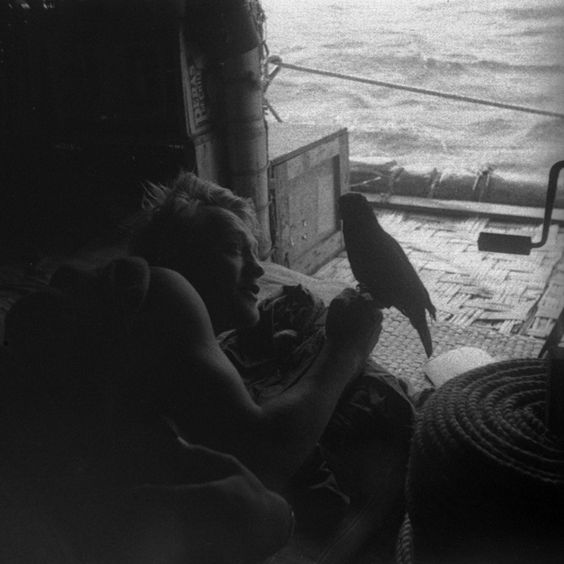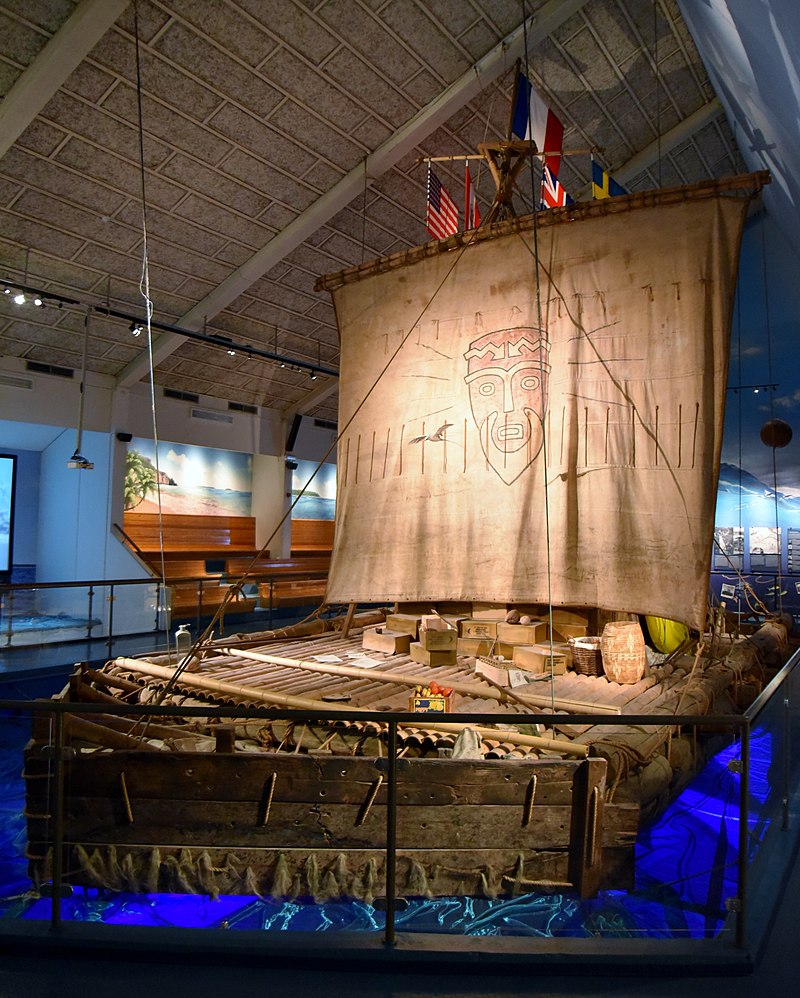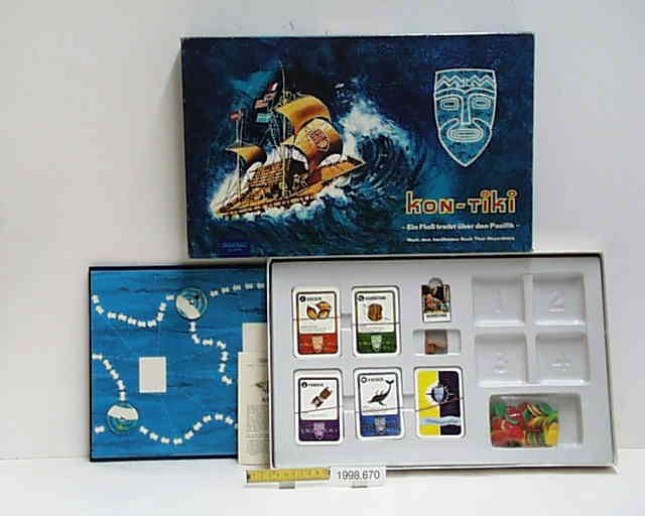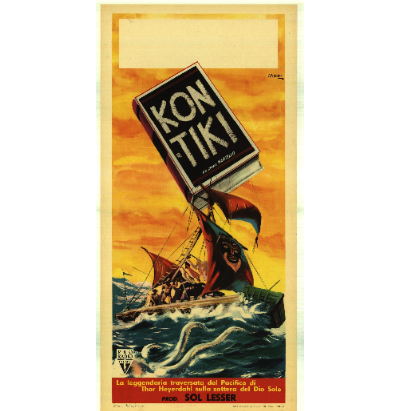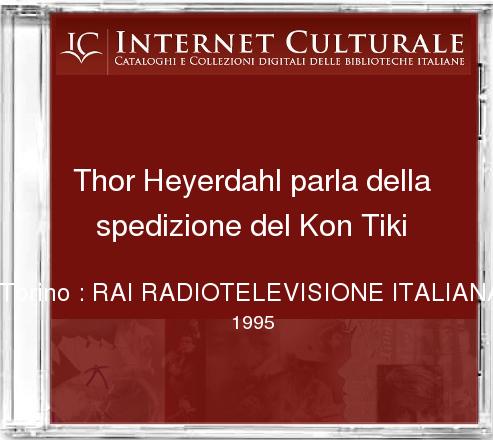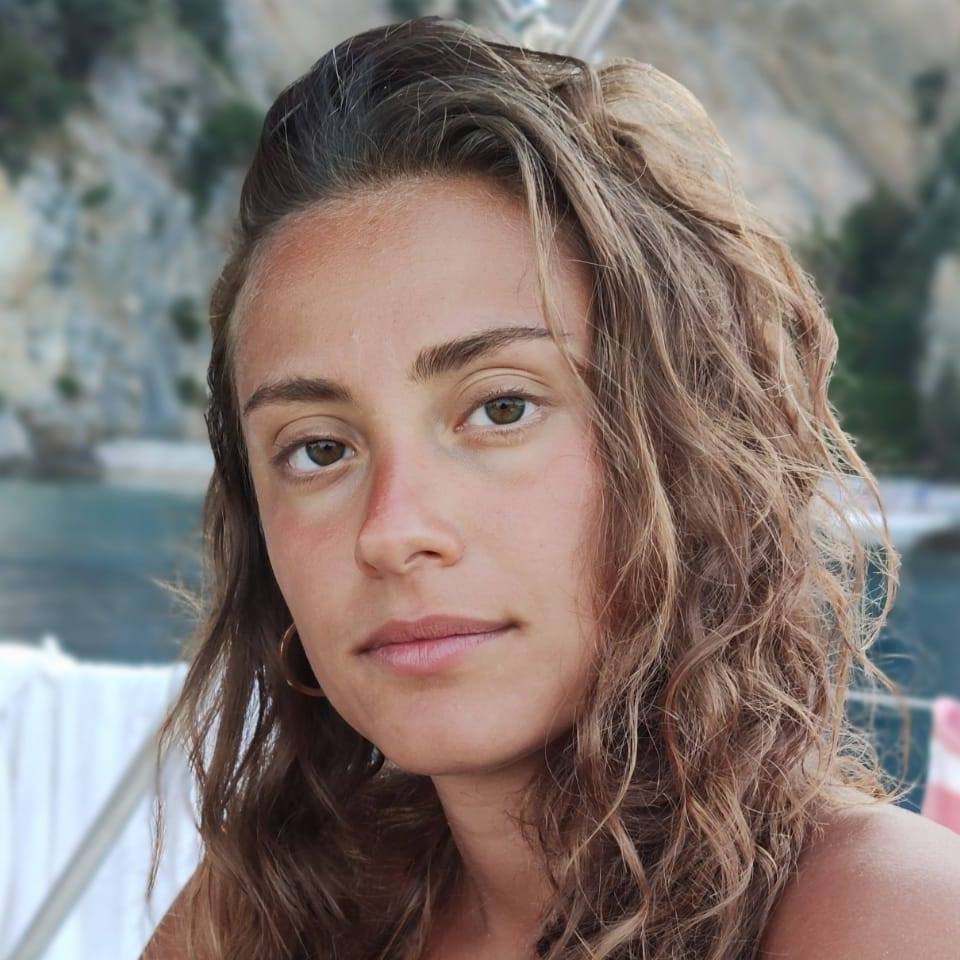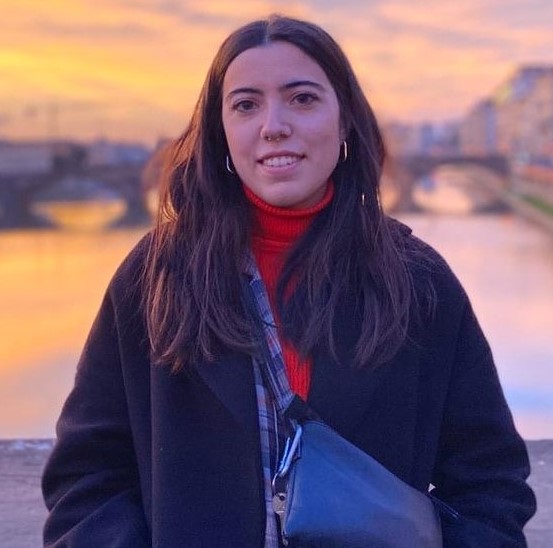| # | Property | DC/DCterms | CDWA | RAD | SOMA | ISAD(G) | XMLMMD | MARC21 | UNIMARC |
|---|---|---|---|---|---|---|---|---|---|
| 1 | Creator | dc:creator | Creator description | / | Creator/Creator.Role | Name of creator(s) | <artist(s)> | 100$a Personal Name | 200$f First Statement of Responsibility/700 Personal Name-Primary Responsability/701$a Personal Name-Alternative Intellectual responsibility/710 Corporate Body Name-Primary Responsability/711$a Corporate Body Name-Alternative Intellectual Responsibility |
| 2 | Contributor | dc:contributor | Creator Role | / | Contributor/ Contributor. Role | / | / | 508$a Creation/ production credits note | 200$g Subsequent Statement of Responsibility/702 Personal name-Secondary responsibility/712 Corporate Body Name-Secondary Responsibility |
| 3 | Publisher | dc:publisher | Creator Role | Name of publisher, distributor, etc. | Publisher | / | < label > | 260$b Name of publisher, distributor | 210$c Name of Publisher, Distributor, etc./712 Corporate Body Name-Secondary Responsibility |
| 4 | Owner | / | Ownership/ collecting history, owner | Administrative history/ Custodial history | / | Administrative history/ Archival history | < owner(s)> | 561 Ownership and Custodial History | 703 Personal Name, Provenance or Ownership |
| # | Property | DC/DCterms | CDWA | RAD | SOMA | ISAD(G) | XML MMD | MARC21 | UNIMARC |
|---|---|---|---|---|---|---|---|---|---|
| 1 | Place of creation | dcterms :coverage/dcterms:spatial | Creation Place/Original Location | Place of manufacture | Coverage.Spatial | / | < country_recording > | 260$e Place of manufacture | 210$e Place of manufacture |
| 2 | Place of publication | dcterms:coverage/dcterms:spatial | / | Place of publication, distribution, etc. | Coverage.Spatial | / | / | 260$a Place of publication, distribution, etc. | 210$a Place of Publication, Distribution, etc./620 Place and Date of Publication Performance, etc. |
| 3 | Current location | dcterms:coverage/ dcterms:location | Repository/ Geographic Location | / | Coverage.Spatial | Name of creator(s)/Reference code(s) | / | 825 Location | 335$a Identification of the Holder |
| 4 | Contained in | dcterms:isPartOf | Work broader/ context | / | Relation.IsPartOf | / | / | 773 Host Item Entry | / |
| # | Property | DC/DCterms | CDWA | RAD | SOMA | ISAD(G) | XML MMD | MARC21 | UNIMARC |
|---|---|---|---|---|---|---|---|---|---|
| 1 | Publishing date | dcterms:date.issued | / | Date of publication, distribution, etc. | Date/ Date.Available | Date(s) | < releasedat >/< publishdat > | 260$c Date of production, publication, distribution etc. | 100$a/8-16 Type of publication date;publication date 1 and 2/210$d Date of Publication, Distribution, etc./620 Place and Date of publication, performance, etc. |
| 2 | Creation date | dcterms:created | CreationDate | Date(s) of creation | Date/Date.Created | Date(s) | < year_production > | 260$c Date of production, publication, distribution etc. | 210$h Date of Manufacture |
| # | Property | DC/DCterms | CDWA | RAD | SOMA | ISAD(G) | XML MMD | MARC21 | UNIMARC |
|---|---|---|---|---|---|---|---|---|---|
| 1 | Subject | dc:subject | Subject display | Scope and content for an item | Subject | Scope and content | / | 6XX Subject Access Fields | 610$a Uncontrolled Subject Terms/606 Topical Name Used as Subject/675 UDC/676 DDC/680 LCC/686 Other Classification Systems |
| 2 | Title | dc:title | Title Text | Title proper | Title | Title | < title(s) >/ < alltitle > | 245$a Title | 203 Content form and media type/283$ Carrier type Designation/608 Form, Genre or Physical Characteristics Heading |
| 3 | Language | dc:language | / | Language | Language | Language/scripts of material | / | 546 Language Note | 101$a Language of text, soundtrack etc. |
| 4 | Material | dcterms:medium | Material/Techniques, Material/Tecniques description | / | Format.Medium | Extent and medium | / | 340$e Support | 215$b Materials and Technique display |
| 5 | Rights | dc:rights | Copyright Statement | Rights | Rights | Conditions governing access/Conditions governing reproductions | / | 540 Terms Governing Use and Reproduction Note | 300 General Note |
| 6 | Dimensions | dcterms:format | Dimensions/Dimensions description | Dimensions | Format.Extend | Extent and medium of the unit of description (quantity, bulk, or size) | < description(s) > | 340$b Dimensions | 215$d Dimensions |
| 7 | Technique | / | Material/Techniques, Material/Techniques, description | / | / | Physical characteristics and technical requirements | / | 340$d Information recording technique | 215$b Materials and Technique display |
| 8 | Description | dc:description | Descriptive note/Abstract description | Physical description | Description | / | < description(s) > | 3XX Physical Description, Etc., Fields/300$a Extent/300$b Other physical details | 303 General Notes Pertaining to Descriptive Information/330$a Summary or Abstract |
| 9 | Lenght | dcterms :SizeorDuration | Measurement, Dimension type, Dimensions value | Extent of descriptive unit | Format.Extent | Extent and medium | / | 340$b Dimensions | 215$d Dimensions |
